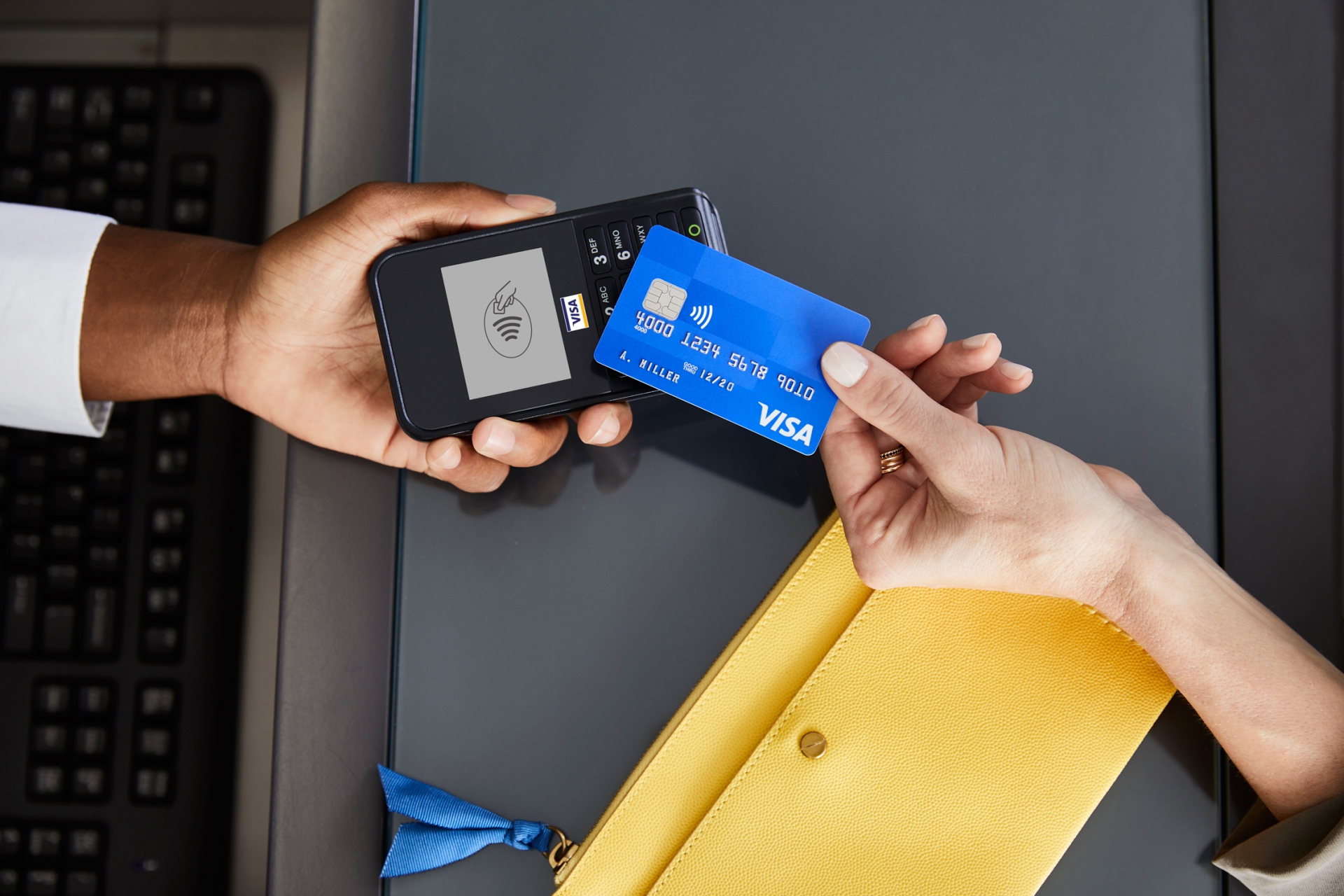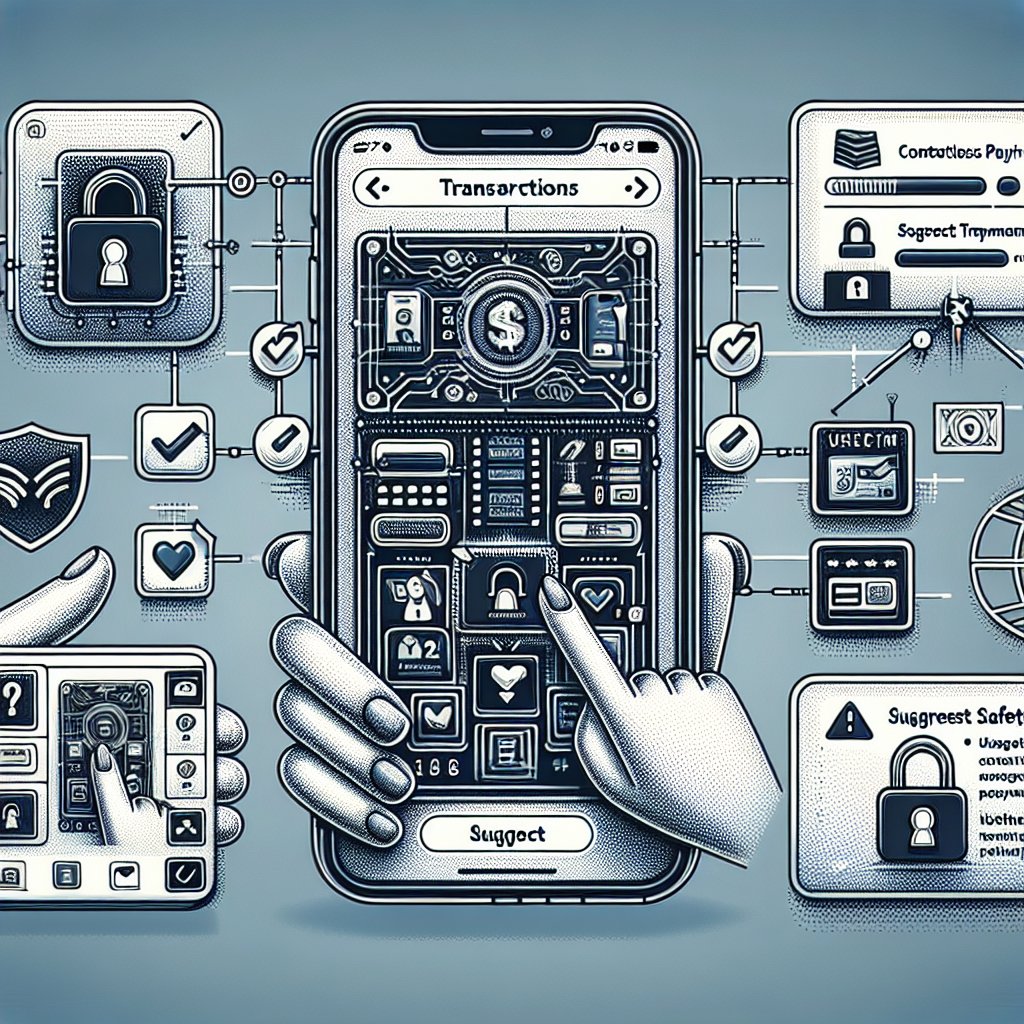
A Thorough Guide to Safe Contactless Transactions in iOS 18
As mobile technology advances, our interactions with the world are also evolving. The launch of iOS 18.1 represents a notable milestone in secure contactless payments. Apple has officially made its secure contactless payment system, referred to as the NFC&SE Platform (NFCSEP), accessible to third-party developers. In this article, we delve into how this system operates, its essential features, and its implications for the future of contactless payments.
What is NFC?
Near-Field Communication (NFC) is a wireless technology that enables data transfer between devices over short distances, usually a few centimeters apart. Although NFC might appear as a groundbreaking development, it’s actually an advanced iteration of Radio Frequency Identification (RFID), which has existed for many years. RFID is frequently utilized for tracking assets, such as in retail environments, where RFID tags assist in inventory management.
NFC functions based on the principle of inductive coupling, where an electromagnetic coil integrated into devices produces an electromagnetic field. When another device containing an inductor enters this field, it generates a current, allowing the devices to communicate. This technology is already prevalent in smartphones, payment cards, POS systems, and even electronic door locks.
NFC transactions are designed to be secure and efficient, reducing the risk of unauthorized access. The necessity for close proximity between devices guarantees that transactions can only take place when the user is near the payment or reader terminal, rendering it a safer option compared to previous wireless communication methods.
The NFC&SE Platform (NFCSEP): An Integrated Solution
With the launch of the NFC&SE Platform (NFCSEP), Apple intends to consolidate and improve the functionalities of existing NFC-related systems. NFCSEP employs a blend of on-device Secure Enclave, Secure Element, and NFC hardware to facilitate secure payments and authorizations through NFC-equipped contact terminal devices.
Key Attributes of NFCSEP
NFCSEP aims to unify various secure contactless card systems into a single cohesive platform. The platform is expected to support a broad spectrum of applications, including:
- In-store transactions: Users can carry out secure purchases at retail venues.
- Home, hotel, and vehicle keys: Digital keys saved on the device can unlock doors and ignite vehicles.
- Closed-loop transit systems: NFCSEP can be utilized for transit services, enabling seamless travel with a single tap.
- Corporate IDs and student identification: Identification and access management are enhanced through NFCSEP.
- Merchant loyalty programs: Loyalty initiatives can be integrated into a user’s device for quick access.
- Event passes: Tickets for concerts, sporting events, and other gatherings can be stored and utilized via NFCSEP.
- Government identification: Although not immediately available, government-issued IDs will eventually be supported.
This all-encompassing approach enables users to retain all essential identification, authorization, and payment information on their iOS devices, simplifying the management of multiple cards and keys.
How NFCSEP Operates
To comprehend how NFCSEP works, it’s crucial to understand two vital components present in Apple devices: the Secure Enclave and the Secure Element.
Secure Enclave
The Secure Enclave is a specialized chip within iOS devices that safeguards sensitive data, including device and user information, Apple Account credentials, and biometric data. It also plays a vital part in ensuring the authenticity of Apple devices through encryption and public key infrastructure (PKI).
Secure Element
The Secure Element is a secure, isolated segment of RAM dedicated to storing user, account, and app data. It functions independently of the device’s primary operating system, using its own firmware to verify the legitimacy of the stored information.
Together, the Secure Enclave and Secure Element work to avert unauthorized access and man-in-the-middle attacks, establishing NFCSEP as a highly secure platform for contactless payments.
The NFCSPE APIs: A Portal for Developers
Beginning with iOS 18.1, Apple will supply a restricted API for interacting with the NFCSEP. This API will initially be accessible only in select regions, including Australia, Brazil, Canada, Japan, New Zealand, the UK, and the U.S., with plans for expansion into additional regions.
Restrictions and Regulations
Developers looking to utilize the NFCSEP APIs must comply with strict guidelines. These consist of:
- Apple Developer Authorization: Only approved Apple developers can access the APIs.
- Apple Business Registration: Businesses intending to use the APIs must be listed in the Apple Business Register.
- Updated Developer Agreement: Developers must complete and send in an updated agreement that encompasses NFCSEP.
- Hardware Specifications: The platform is compatible with iPhone XS or newer devices operating on iOS 18.1 or higher.
- Security Protocols: Developers must fulfill Apple’s security and privacy standards, including a required security assessment through a specified testing facility.
Additionally, developers need to designate a “default app” responsible for handling NFC transactions on the user’s device. All NFCSEP applications must also support Face ID, Touch ID, or a passcode for user verification.
Creating NFCSEP Applications: A Challenging but Safe Process
Developing an NFCSEP-capable application is not for the faint-hearted. Developers must undergo a demanding approval process that includes submitting their applications to an independent testing lab for verification. This step guarantees that all NFCSEP applications are secure and dependable before reaching the public.
For independent developers and small businesses, the intricacies and expenses related to NFCSEP development may be daunting. However, larger entities, especially those involved in financial transactions or identification systems, may find themselves in a better position to leverage this new platform.
Conclusion
The arrival of NFCSEP in iOS 18.1 is a substantial advancement in the field of secure contactless payments. By granting access to its secure contactless payment system for third-party developers, Apple is setting the stage for a more cohesive and secure methodology for payments, access control, and identification.
While the complexities of developing NFCSEP-compatible applications are significant, the potential advantages—improved security, streamlined processes, and the convenience of consolidating everything in one location—render it a valuable pursuit.
As Apple continues to broaden the reach of NFCSEP and enhance its capabilities, we can anticipate even more innovative applications that will further streamline and secure our daily interactions.
Q&A Session
1. What is NFC and how does it differ from RFID?
- Answer: NFC (Near-Field Communication) is a subset of RFID (Radio Frequency Identification) that functions over a significantly shorter range, usually a few centimeters. While RFID is commonly employed for asset tracking and inventory control, NFC is specifically designed for secure, close-range transactions, such as payments and access management.
2. What are the main components of Apple’s NFC&SE Platform?
- Answer: The NFC&SE Platform integrates three primary components: the Secure Enclave, the Secure Element, and NFC hardware. The Secure Enclave secures sensitive data and verifies device authenticity, while the Secure Element safely stores user and app data in an isolated RAM area. The NFC hardware enables device communication.
3. Which areas will initially have access to the NFCSEP APIs?
- Answer: The NFCSEP APIs will initially be available in Australia, Brazil, Canada, Japan, New Zealand, the UK, and the U.S. Apple plans to widen access to additional regions over time.
4. What are the security prerequisites for creating an NFCSEP-enabled app?
- Answer: Developers must adhere to strict security requirements, including obtaining Apple Developer approval, registering their business with Apple, meeting security and privacy guidelines, and undergoing a mandated security review by a designated testing facility. Applications must also support Face ID, Touch ID, or a passcode for user authentication.
5. Will government IDs be supported by NFCSEP?
- Answer: While support for government IDs is not available at launch, Apple has indicated that these IDs will eventually be included in NFCSEP.
6. What obstacles do indie developers encounter when creating NFCSEP applications?
- Answer: Indie developers may face significant challenges due to the complexity and cost associated with developing NFCSEP applications. The approval process is stringent, requiring independent testing and adherence to strict security measures. Moreover, developers need access to NFC terminal hardware for testing, which can be difficult for smaller teams.
